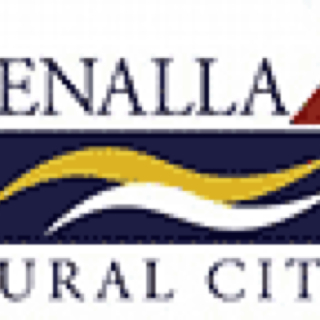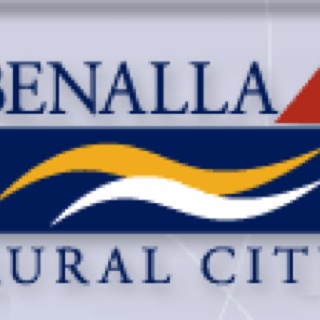Title Page
-
Document No.
-
Audit Title
-
Client / Site
-
Conducted on
-
Prepared by
-
Location
-
Personnel
Reverse Cycle Air Con
Reverse Cycle Air Conditioning
-
Check the operation through heating and cooling sequence, including condensing unit. (Monthly)
-
Check casing wiring and insulation for corrosion, clean dry and check that all components are secure. Repair and report any faults. (Monthly)
-
Check for unusual noise or vibration in the outdoor unit and the condenser. (Monthly)
-
Check condenser drain and drop tray to ensure it is free from blockages (Monthly)
-
Check for unusual noise or vibration in the indoor unit and condenser (Monthly)
-
Check that condenser fans operates correctly (Monthly)
-
Check compressor and flare nuts for oil leaks (6 monthly)
-
Clean Air Filter (6 monthly)
-
Check indoor coil for cleanliness (6 monthly)
-
Ensure that TX valve is operating correctly and swapping from heating to cooling mode (6 monthly)
-
Check and record outdoor temperature and air on/off temperature for both heating and cooling (6 monthly)
-
Check all controllers for correct operation (6 monthly)
AIr Handling Unit Fans
Air Handling Unit Fans
-
Adjust belt tension as necessary check for wear (monthly)
-
Check drive shaft guard, see that it is firmly in place (monthly)
-
Check fan operates (monthly)
-
Check for vibration bearing noise of overheating (monthly)
-
Check mounts and holding down bolts for security (monthly)
-
Lightly lubricate bearings to manufacturers recommendations where possible (6 monthly)<br>
-
Spray or coat belts where required with commercial compound to reduce pulley slip. (6 monthly)
-
Check access panels for air leakage and seal (annual)
-
Check drive alignment annual)
-
Check that impeller and drive are tight on shafts (annual)
-
If accessible and drive are tight on shafts check cleanliness of fan blades and scroll or casing. Record or report if cleaning is required. (annual)
-
Inspect for evidence of corrosion wear on flexible connection and other deterioration clean and repair minor corrosion and report where repairs are necessary (annual)
Air Handling Unit Filters
Air handling Unit Filters
-
Inspect system and filters and determine if maintenance is required
-
Advance roll filters when resistance exceeds the design amount
-
Check roll filters have adequate media.
-
Clean and dry out media regenerable filters when resistance exceeds the design amount
-
Clean washable filters when resistance exceeds the design amount
-
Order new filters or filter media if required at next service
-
Record and report on replacement of flat disposable panel filters when resistance exceeds design amount
-
Record and report on replacement of HEPA filters when resistance is more than the design amount
-
Check for air leakage around media sure that the media edge is in the channels provided.
-
Ensure that media is not desintegrating or delaminating
-
On plants over 500 l/s visually inspect filters. Clean as specified and as necessary (at least every three months)
-
Vacuum filter chamber and inlet screens after each filter change
-
Check zero setting on manometer
-
Lightly lubricate filter drives and check operation
-
Inspect HEPA filters (after any maintenance) and test for media or gasket leaks
Air Handling Unit
Air Handling Unit
-
In units with spray coils, clean out algae and slime
-
inspection t and clean outdoor air intakes and exhaust air discharges (outlets) where necessary
-
Inspect drain trays, ensure drains are clear, trays are clean and drains have a water tap in them.
-
Check that appropriate indicating lights signify normal operation.
-
Simulate fire/smoke situation (for each system when separate) to effect changeover or shutdown as appropriate.
-
Switch system back to 'normal' and check that all equipment is in the correct designated mode
-
Check for leaks in coils and piping connections. Record and report any leaks
-
Check panels on doors fastenings and security. report and record and faults
-
Ensure insulation is secure report/record as necessary
-
Inspect flexible connections and report/record as necessary
-
Remove rubbish from conditioner housing
-
Replace defective lights
-
During. Fire mode test check that each item of equipment and any associated indicators have operated correctly and that the fans are running or are shut down in accordance with the correct operational sequence for the air handling system.
-
Inspect casing for corrosion and leaks
-
During a fire mode test check that the motorised outside air recycle air, air-controlled and spill air dampers and their associated motors are operating correctly
-
The system performance criteria of each zone smoke control systems should be verified between each zone.
Sign Off
-
CONTRACTOR: I certify that the testing and inspection of the HVAC system and associated equipment has been carried out in accordance with the tasks listed in this document.
-
COUNCIL OFFICER







